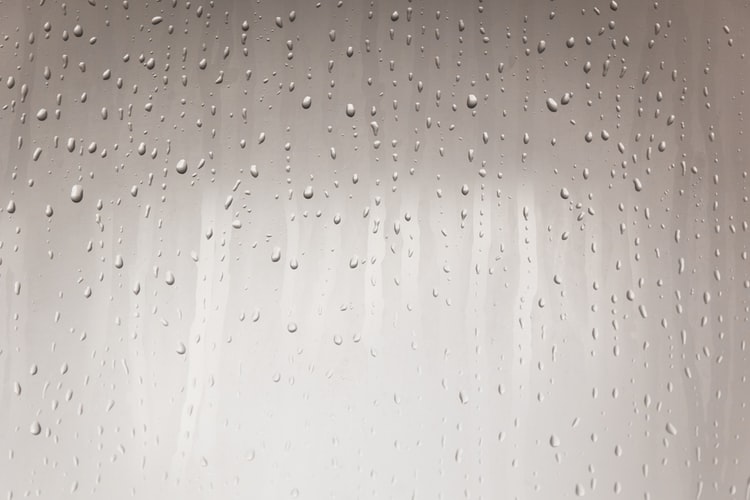
If water is dripping from your ceiling during the winter, and it’s not due to a roof leak or ice dam problem, condensation is the most likely culprit. Regardless of the source, excess moisture is one of the home’s worst enemies. It can lead to poor indoor air quality, mold and mildew, rot, and deterioration. Attic condensation is a common problem for many homeowners during the colder months. Today, we’ll explain why it forms and what you can do to fight it.
What causes condensation?
Condensation forms when moist, warm air cools quickly. This causes the air to release its moisture, which forms water droplets. This is the same thing that happens on the outside of your glass of ice water on a hot summer day. In cold weather, the warm air in your home rises to the attic, where it may meet drastically colder temperatures. As the air cools, the moisture it contained is left behind on surfaces, where it can collect and drip down through the ceiling.
Is it condensation or a leaky roof?
When you see signs of moisture on your ceiling, it’s important to quickly figure out where it’s coming from. Especially if your home has experienced recent storms, check for signs of damage such as missing or cracked shingles. You can also look in the attic to see if you can trace the water to its highest point. If your roof appears to be intact and you can’t locate the source of a leak, it’s likely that condensation is the problem.
What contributes to attic condensation in the winter?
Using heating systems, humidifiers, and hot showers to combat the dry, cold air during the winter may be soothing for our chilled bodies and dry skin, but the warm, humid air can be hard on our homes if we don’t manage it properly. Dryers, dishwashers, ovens, and stoves also add heat and humidity to the home. If your attic lacks proper insulation and ventilation, warm, moist air can rise from living spaces into the attic and get trapped there, forming condensation as it approaches the cold roof.
How can I fix my attic condensation problem?
The keys to controlling attic condensation are moisture control, insulation, and ventilation.
- Make sure you’re not adding too much moisture to the air.
- Indoor humidity levels between 30% and 50% are best to support health. You can find your home’s humidity level with an inexpensive hygrometer.
- Always run exhaust fans when cooking, bathing, and showering, and make sure exhaust vents to the outdoors (not to the attic).
- If you still struggle to keep indoor humidity below 50%, consider using a dehumidifier.
- Make sure your attic is well insulated. A professional can install quality, water-resistant insulation and seal any air leaks for you.
- Make sure your attic has a ventilation system that can expel excess moist air to keep the top of your home dry and cool.
Your roof is your home’s first line of defense against snow, hail, wind, and rainstorms. If you’re experiencing any roofing system problems, it's important to call a professional promptly. Contact us for more information!